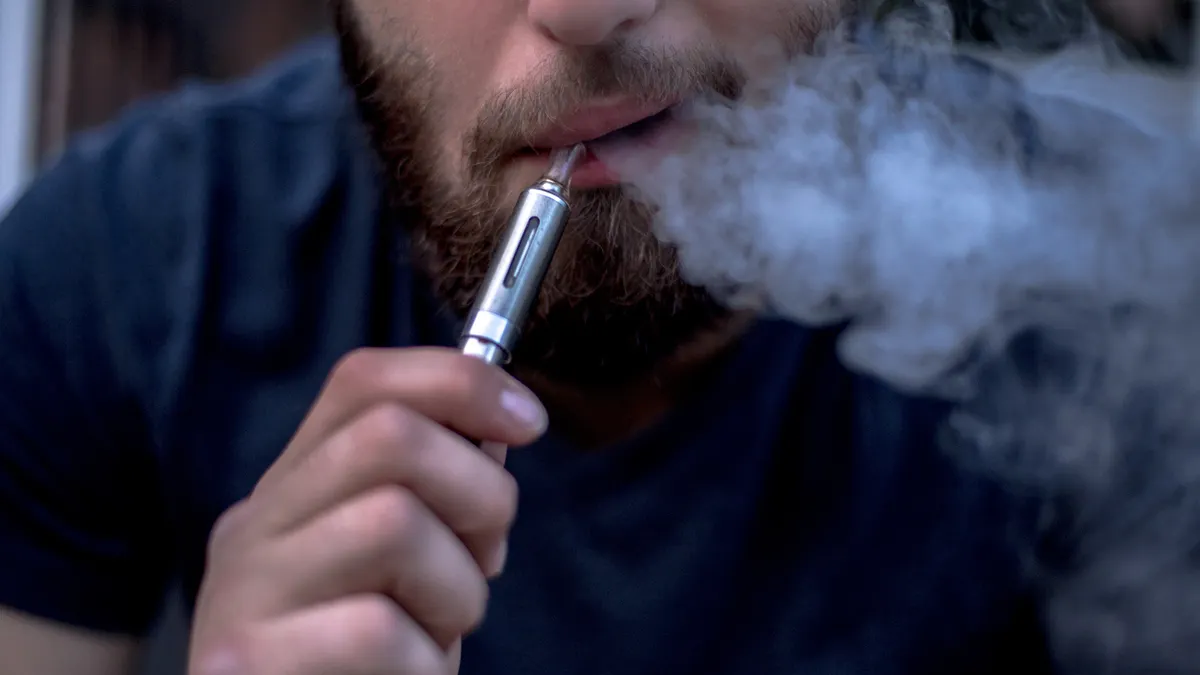
More than 180 different flavouring agents are currently used in e-cigarettes, many of which have not undergone thorough safety testing.
A leading expert has emphasized that when it comes to vaping, “prevention” is the only real option, given the potentially “permanent” damage it can cause.
Earlier this year, a 17-year-old was diagnosed with bronchiolitis obliterans—commonly known as “popcorn lung”—after three years of vaping. The condition is irreversible.
Donal O’Shea, Professor of Chemistry at RCSI University of Medicine and Health Sciences, has outlined the dangers of popcorn lung and the role certain flavouring agents play in causing lasting lung damage.
Writing for The Conversation, Professor O’Shea explained that the term “popcorn lung” originally came from cases involving workers at a microwave popcorn plant. These workers developed serious lung problems due to exposure to diacetyl, a chemical used for buttery flavoring.

In much the same way, flavoured vaping products also contain diacetyl. When heated and inhaled, it turns into a harmful aerosol.
“It causes inflammation and scarring in the bronchioles (the smallest branches of the lungs), making it increasingly difficult for air to move through,” Professor O’Shea says.
He stresses: “There’s no cure for popcorn lung. Once the lungs are damaged, treatment is limited to managing symptoms. This can include bronchodilators, steroids, and in extreme cases, lung transplantation. For this reason, prevention – not treatment – is the best and only defence.”
Diacetyl is not the only chemical of concern. The damage caused by inhaling it is typically irreversible and often results in disabling respiratory harm.
Though diacetyl has been banned in e-cigarettes across the EU and UK, it can still appear in unregulated or illegal products—and it remains present in some products in the US and other parts of the world.
Worryingly, other toxic substances may also trigger popcorn lung.

“Volatile carbonyls like formaldehyde and acetaldehyde – both of which have also been detected in e-cigarette vapours – are among them,” O’Shea notes.
Experts estimate there are currently more than 180 flavouring agents in use in vaping products, many of which, when heated, break down into new substances that haven’t been evaluated for their effects on the lungs.
“Because vapers’ lungs are exposed to so many chemicals, it’s not possible to directly prove that diacetyl is the cause of the disease in any specific case,” O’Shea writes. “But that doesn’t negate the proven risks of inhaling it. Even if diacetyl isn’t the sole culprit, cumulative exposure to multiple chemicals and their byproducts could increase the risk of popcorn lung and other respiratory conditions.”
Given the irreversible nature of the harm and the number of unknowns still surrounding vaping chemicals, Professor O’Shea concludes that preventing exposure is the only effective path forward.